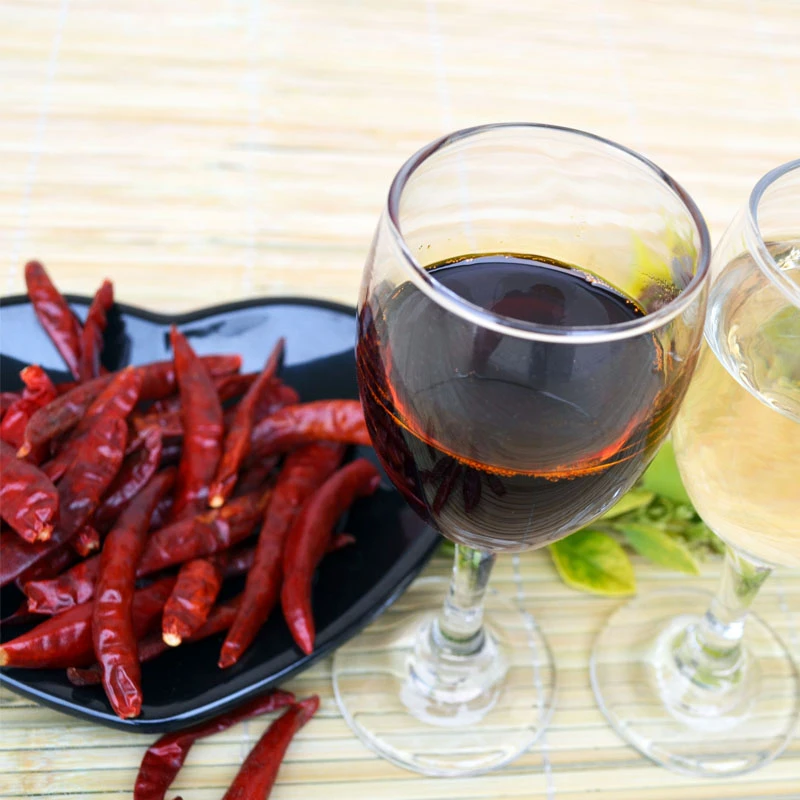- No. 268 Xianghe Street, Economic Development Zone of Xingtai city, Hebei 054001 China
- Byron@hbhongri.cn
Versatile Uses and Health Benefits of Paprika and Red Peppers in Cooking
The Vibrant World of Paprika Exploring Red Pepper's Rich Legacy
Paprika, derived from the vibrant red pepper, is more than just a spice; it is a cultural symbol, a culinary staple, and a source of health benefits. Its deep crimson color and unique flavor offer a sensory experience that can transform ordinary dishes into culinary masterpieces.
The History of Paprika
The journey of paprika begins with the Capsicum annuum plant, native to the Americas. When Christopher Columbus arrived in the New World, he discovered the various pepper varieties, eventually introducing them to Europe in the late 15th century. Paprika specifically gained immense popularity in Hungary, where it became a staple in traditional dishes. The spice not only added flavor and color but also provided a means of preserving food. Over time, paprika evolved from being a simple spice into a complex culinary ingredient celebrated for its versatility.
Types of Paprika
Paprika today comes in several varieties, each possessing unique characteristics that cater to different culinary needs. The most common types include sweet, smoked, and hot paprika.
- Sweet Paprika This variety is mild and often used to add color to dishes without overwhelming heat. It is a key ingredient in Hungarian goulash and is commonly sprinkled on deviled eggs and potato salads.
- Smoked Paprika Known for its distinctive smoky flavor, this paprika is made from peppers that are dried over a smoking fire. It can elevate a dish with its rich umami character, making it a favorite among chefs who want to impart depth to their cooking, especially in Spanish dishes like paella.
- Hot Paprika For those who enjoy a bit of heat, hot paprika offers a spicier kick. It is often used in spicy stews and sauces, providing not only flavor but also a fiery bite.
Culinary Uses
paprika red pepper

The culinary uses of paprika are virtually limitless. It is a fundamental component in countless recipes, ranging from meats to vegetables, soups, and even desserts. In Hungarian cuisine, paprika is indispensable, showcasing its importance in dishes like chicken paprikash, where it is the star ingredient.
In Mediterranean cooking, paprika can enhance flavor profiles in dishes like harissa, a North African chili paste, and in various Mediterranean mezze offerings. Furthermore, it can be incorporated into dressings, marinades, and dips, illustrating its adaptability.
Moreover, the vibrant color of paprika makes it an appealing garnish, not just for its flavor but for its visual appeal. A sprinkle of paprika can turn a simple plate of rice or beans into a feast for the eyes.
Nutritional Benefits
In addition to its culinary applications, paprika also boasts numerous health benefits. Rich in antioxidants, particularly carotenoids, paprika contributes to overall health by fighting free radicals in the body. These antioxidants are known for their anti-inflammatory properties, making paprika a potential ally in reducing the risk of chronic diseases.
Furthermore, paprika contains vitamins A, E, and C, all of which play crucial roles in maintaining good health. Vitamin A, for instance, supports vision, immune function, and skin health. Incorporating paprika into your diet is a flavorful way to boost your nutrient intake.
Conclusion
Paprika, originating from the humble red pepper, is a spice that encapsulates not just a burst of flavor, but a rich history and a variety of health benefits. From its roots in the Americas to its significance in European cuisines, paprika has transcended borders and evolved as an essential ingredient in kitchens worldwide.
Whether you're a home cook or a professional chef, embracing paprika can elevate your dishes, adding depth and vibrancy that transforms the everyday into the extraordinary. As we explore the world of spices, let us not overlook the cultural significance and culinary potential of paprika, a vibrant testament to the pleasures of cooking and the flavors of life. So, the next time you reach for that jar of paprika, remember—you're not just adding spice; you're adding history, health, and a touch of culinary magic to your meal.
-
Turmeric Rhizome Powder: A Golden Treasure from Roots to TableNewsJul.28,2025
-
The Versatile Application Of Crushed Red Hot Peppers: Lighting Up The Red Flames On The Dining TableNewsJul.28,2025
-
The Paprika: A Touch Of Vibrant Red In Color, Flavor, And CultureNewsJul.28,2025
-
Ground Turmeric: A Modern Examination of an Ancient SpiceNewsJul.28,2025
-
Capsicum Liquid Extract: Features, Applications, and ChallengesNewsJul.28,2025
-
Application of Capsicum Liquid Extract in FoodNewsJul.28,2025







